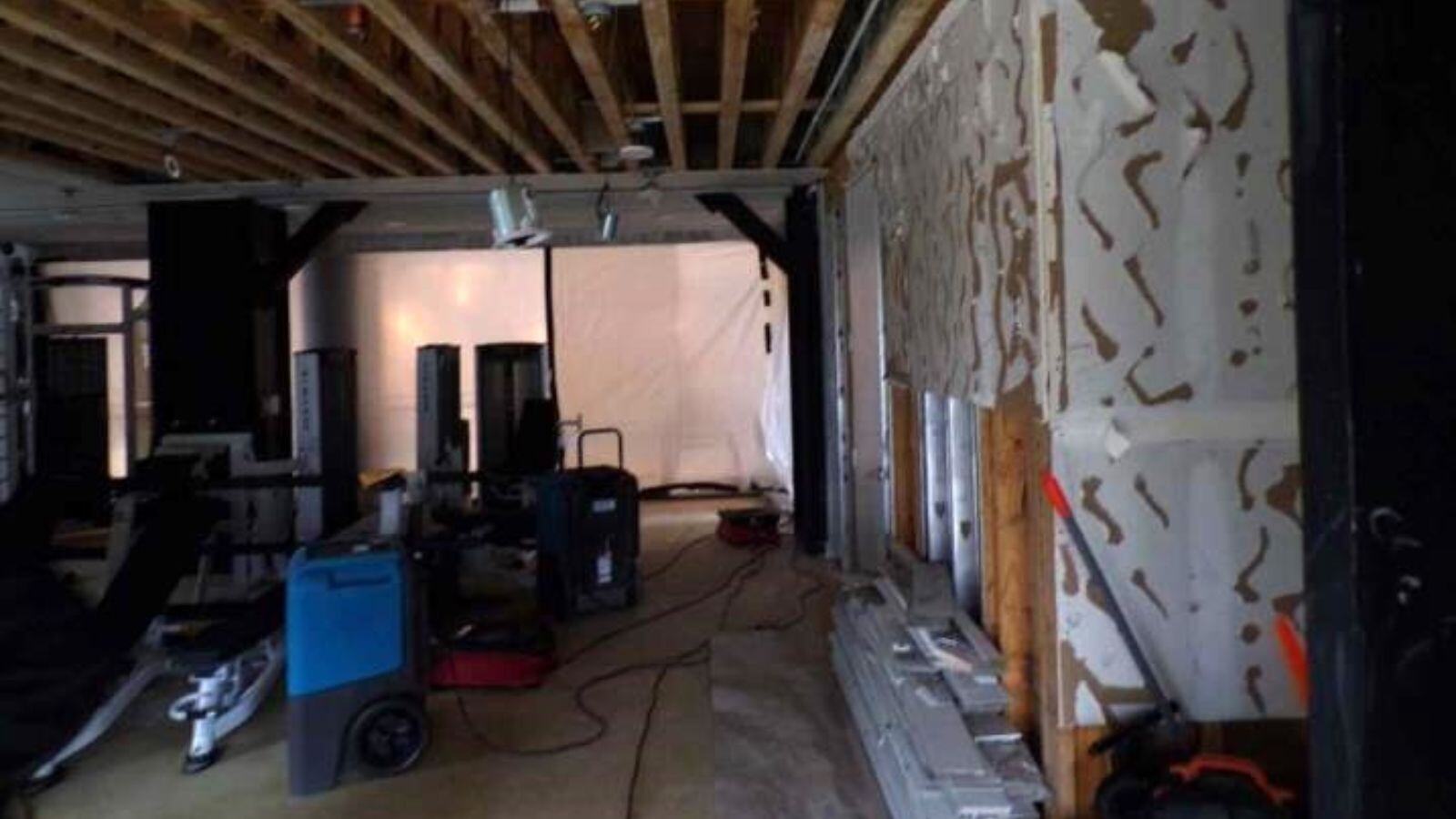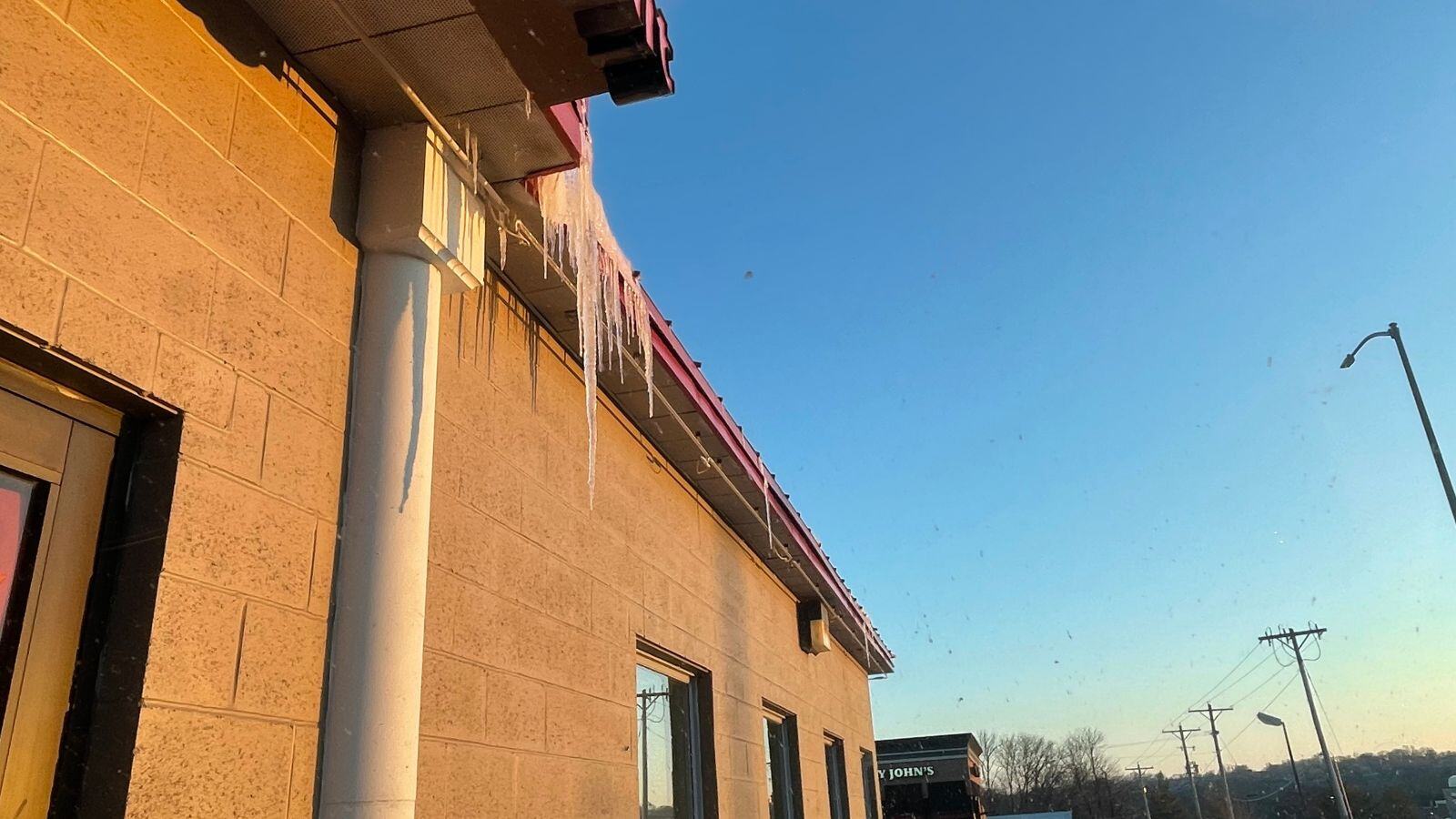1 min read
CRC Restores Off-Campus Housing After Frozen Pipes Burst
Over the holidays, an Arctic blast impacted much of the U.S., including the Blacksburg, Virginia, area. This extreme weather event caused...
3 min read
Sarah Chadwick
November 28, 2023
.jpg)
As the temperature drops during the cold winter months, one of the major concerns homeowners and business owners face is the possibility of frozen and burst pipes. The powerful pressure created by freezing water can cause pipes to rupture, leading to extensive water damage and costly repairs. However, with proper preparation and swift action, you can minimize the risk of frozen pipes and effectively handle any potential pipe bursts. In this article, we will provide you with comprehensive tips on preparing your pipes and guiding you through the necessary steps to take if your pipes freeze or burst.
Taking preventive measures is crucial in avoiding the headache and financial burden of burst pipes. Here are some essential steps to prepare your pipes for freezing temperatures:
Faucet maintenance: Have your faucets inspected and repair any leaks or malfunctions. Additionally, consider replacing the washers to ensure a tight seal.
Air circulation: Leave access doors or hatches slightly open to allow warmer air to circulate in spaces beneath the roof. This can help prevent cold spots where pipes are located.
Water tank insulation: Wrap insulation around your water tank to provide an extra layer of protection against freezing temperatures.
Pipe insulation: Wrap thick insulation around your pipes, especially those exposed to colder areas such as attics, basements, or crawl spaces. Insulation sleeves or foam pipe covers are readily available and can be easily installed.
Disconnect outdoor hoses: Before winter arrives, disconnect and drain all outdoor hoses. Turn off the inside water valve supplying the hose bib to prevent freezing and potential damage.
Despite your best efforts, freezing pipes can still occur. Acting swiftly is vital to prevent further damage. Follow these steps if you suspect your pipes have frozen:
Turn off the water supply: Locate and shut off the main water supply to your building or business to minimize flooding in case the pipes burst.
Protect your possessions: Move any valuable or sensitive items away from the affected area to prevent water damage.
Safeguard electrical boxes: Cover electrical boxes near the frozen pipe section to prevent water contact and potential electrical hazards.
Locate the frozen section: Check the flow of water from your faucets and toilets. If the flow is significantly reduced or nonexistent, there may be a frozen pipe nearby. Feel along the pipe to identify the frozen section and check for bulges.
Thaw the pipe: Use a hair dryer set to low heat or a hot water bottle to gently thaw the frozen pipe. Start from the end closest to the faucet and work your way toward the frozen section. Avoid using an open flame or blowtorch, as it can cause further damage or even start a fire.
Open faucets: Open faucets near the frozen pipe to provide a path for the melted water to escape. This will help relieve pressure and prevent potential bursting.
In the unfortunate event that your pipes burst, it is crucial to act quickly to minimize water damage and begin the restoration process. Follow these steps:
Turn off the water supply: Locate and shut off the main water supply to your building or business immediately to prevent further flooding.
Drain the system: Open all cold water faucets and flush toilets to drain as much water as possible from the system and minimize additional water damage.
Turn off heating system: To avoid further water flow and potential damage, turn off your heating system and open the hot water faucets to drain the system.
Shut down electrical boxes: If there are any electrical boxes in proximity to the burst pipes, shut down the main electrical box to prevent electrical hazards.
Remove excess water: If it is safe to do so, remove standing water using buckets, mops, or a wet/dry vacuum. Be cautious if you notice bulging ceilings, as they may collapse due to the weight of trapped water.
Contact your insurance company: Call your insurance office's emergency helpline to report the pipe burst and initiate the claims process. They will guide you on the necessary steps and provide information on how to proceed with repairs.
Document the damage: Take photographs and detailed notes of the damage and the cause. This documentation will be valuable when filing an insurance claim and working with restoration professionals.
Seek professional help: Contact a licensed plumber or restoration company to assess and repair the burst pipes. Keep copies of all receipts and documentation related to the repairs for insurance purposes.
Preparation is key when it comes to preventing frozen and burst pipes. By taking the necessary precautions, such as insulating pipes and disconnecting outdoor hoses, you can significantly reduce the risk of costly water damage. However, if you do experience frozen or burst pipes, it is crucial to act swiftly. Turn off the water supply, locate and thaw frozen sections, and contact professionals for repairs and assistance. Remember to document the damage and contact your insurance company to facilitate the claims process. By following these steps, you can navigate through the challenges of frozen and burst pipes and restore your property efficiently.
If you find yourself in need of assistance, don't hesitate to contact our experts at CRC, available 24/7 to guide you through the restoration process and provide the support you need.

1 min read
Over the holidays, an Arctic blast impacted much of the U.S., including the Blacksburg, Virginia, area. This extreme weather event caused...
.jpg)
If your building experiences flooding, you can trust that CRC knowshow to handle water and storm damage. Call us right away so that we can address...

Spring thaw varies depending on your location, but as winter fades and warmer temperatures take over, commercial properties face new challenges. Snow...